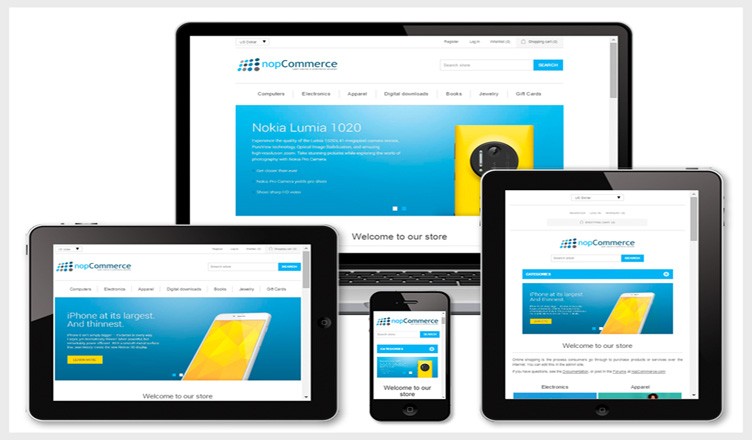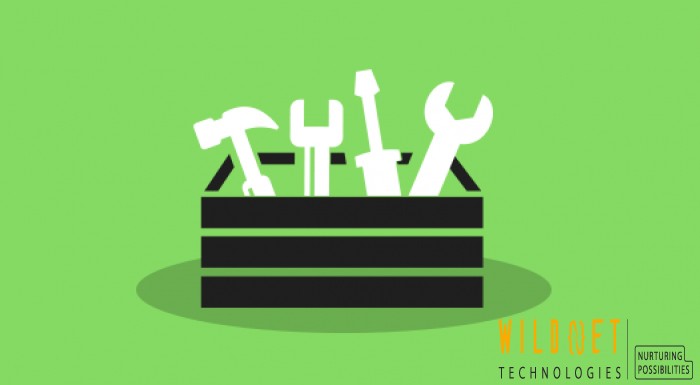In today’s world, people don’t just stick to one platform. A potential customer might scroll Instagram in the morning, check emails at lunch, and browse Google at night. That’s why businesses can no longer afford to rely on just one marketing channel. Enter Multi-Channel Marketing—a strategy that connects with people wherever they are, without sounding like a broken record.
Creating a strong plan for this kind of marketing doesn’t mean being everywhere all the time. It means being strategic about where and how you show up. So let’s talk about how you can build a plan that works without burning out your team or your budget.
Start With a Clear Goal
You can’t build a solid marketing plan without knowing your goal. Are you trying to get more leads, sales, or people talking about your brand online? It might seem basic, but getting specific here helps everything else fall into place.
For example, if you want more people to sign up for a free trial, you might focus more on platforms like Google Ads and email. To build community, you could lean into organic content and social engagement. The point is that your goal shapes your direction.
Understand Who You’re Talking To
This might sound obvious, but it’s surprising how often businesses create campaigns without fully understanding their audience. You need to know more than just age or location. What do they care about? Where do they spend their time online? What kind of content do they engage with?
When you really understand your audience, in Multi-Channel Marketing Plan it becomes easier to decide where to focus your energy and what message will resonate across different platforms.
Pick the Right Channels—Not All of Them
One of the biggest mistakes people make when starting a multi-channel approach in a multi-channel marketing plan is thinking they need to be everywhere in a multi-channel marketing plan. The truth is, you don’t. It’s better to be good on two or three channels than to spread yourself thin across ten.
If your audience is younger, invest in TikTok or Instagram. Selling to professionals? LinkedIn and email might be your power combo. E-commerce? SEO and Google Shopping ads could be your best bet. Choose channels that align with your audience and goals, then commit to showing up consistently.
Keep Your Brand Voice Consistent
One of the secrets to a tremendous multi-channel strategy is ensuring your brand feels familiar no matter where someone interacts with you. That doesn’t mean you use the same message everywhere—but it does mean everything should sound like it’s coming from the same brand.
Think of it this way: you have different conversations on different platforms, but your tone and values should always stay the same. Whether someone reads your blog, sees your ad, or checks your Instagram, it should all feel connected.
Make the Content Fit the Channel
This is where many businesses go wrong in a Multi-Channel Marketing Plan—they create one piece of content and copy-paste it across every platform. But what works on Twitter might flop on Facebook, and what feels natural in an email might be too long for Instagram.
The trick is to start with a central message or campaign idea and then customize it for each platform. For example, you could film a behind-the-scenes video for TikTok, turn it into a how-to blog post for your website, and send a quick teaser in your email newsletter. The message would be the same, but the format would fit the space.
Use the Right Tools to Stay Organized
Managing campaigns across multiple platforms can get messy fast. That’s why having the right tools is a game-changer. A good CRM helps you track customer touchpoints, an email platform lets you automate messages, and scheduling tools keep your social content flowing.
When everything is connected, it’s easier to stay on track and measure what’s working. You don’t need every tool—just those supporting your core channels.
Test, Learn, Repeat
No plan is perfect from day one. The best strategies are the ones that leave room to test and adjust. Your audience may engage more with short videos than long blog posts. Your email subject lines may need some tweaking. That’s normal.
Keep an eye on the numbers—open rates, click-throughs, engagement, and conversions. Look at what’s working, drop what’s not, and keep refining your approach. Multi-channel marketing is all about movement and evolution, not rigid routines.
Don’t Forget About the Customer Journey
It’s easy to get caught up in the details of each platform, but don’t lose sight of the big picture: you’re guiding someone from their first impression to becoming a loyal customer.
Think about how each channel plays a role in that journey. Social media gets attention, your blog builds trust, email nurtures the lead, and an ad closes the deal. A good plan connects the dots so your customer moves smoothly from one stage to the next.
Stay Flexible and Keep Listening
Things change fast in marketing—new platforms pop up, algorithms shift, and audience behavior evolves. The best marketers stay curious, listen to feedback, and aren’t afraid to shift gears when something isn’t working.
It’s not about chasing trends; it’s about staying in tune with your audience’s wants and where they spend time. That’s what makes your strategy sustainable in the long term.
Wrapping It Up
At its heart, Multi-Channel Marketing is about creating a connected, flexible experience for your audience—without overwhelming yourself. You don’t need to be everywhere, but you do need to be intentional. Start with clear goals, know your audience, show up consistently, and always be ready to adjust.
Marketing today is more human than ever. People want to feel seen, heard, and valued—and when you meet them where they are, with the right message, that’s precisely what happens.
Wildnet Technologies is a leading digital transformation company in India that has been helping its clients across the globe with online reputation management, digital marketing, software development, contractual resources, and software consulting.
FAQs
1. What does a Multi-Channel Marketing plan involve?
It means using a consistent message to reach your audience across various platforms, such as social media, email, SEO, and more.
2. Why is this kind of strategy more effective today?
Because people engage with brands on multiple platforms, a coordinated approach creates a smoother customer experience and builds trust.
3. How do I decide which channels to use?
It should be based on where your audience spends time, your goals, and what types of content perform well in your industry.
4. Do I need a big team to manage this?
Not necessarily. With innovative tools and a focused plan, even small teams can run effective multi-platform campaigns.
5. How do I measure if my strategy is working?
Track key metrics like engagement, conversions, and ROI across all channels, and use those insights to refine your plan.
Read more
- Why is Online Reputation Management a Game-Changer in Marketing?
- Driving 3X Bookings| How Digital Marketing for Travel Transformed a Luxury Travel Agency?
- AI-Powered Omnichannel Marketing: Transforming Customer Journeys
- Tech Resolutions: Digital Transformation Goals for Your Business 2025
- Transforming Multi-Specialty Hospital Management with a Custom Healthcare ERP Software | Digital Health Case Studies






